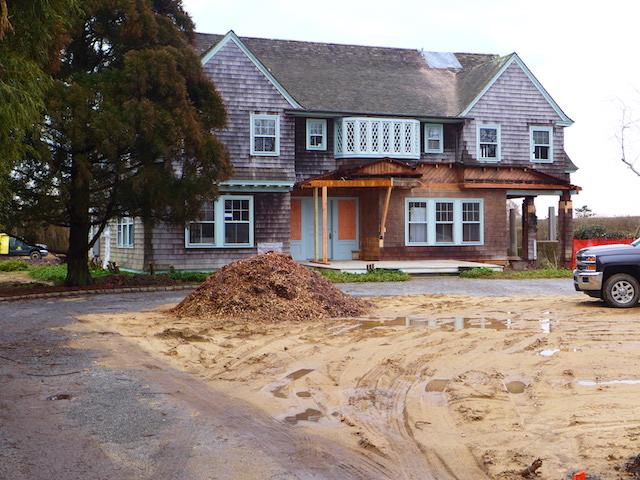Montauk Parade Day: What You Need to Know
Montauk Parade Day: What You Need to Know

Where and When:
The 56th annual Montauk Friends of Erin parade starts on Edgemere Road at noon on Sunday and winds south along Edgemere, turning west on Main Street to pass before the grand stand — under the eye of Rick White, the master of ceremonies, and gathered worthies and float judges — before ending at the Montauk I.G.A. about two hours later. Approximately 80 groups are expected to participate, including marching bands, whimsical and sometimes zany floats, many bagpipers in kilts, and fire departments from across Long Island. For many children, a highlight is grabbing the candy and bead necklaces handed out by many of groups as they march.
Warming Up:
From 11 a.m. on parade day, the Montauk Chamber of Commerce will be selling hot soup and chowder in commemorative cups in front of the chamber building, Main Street from the grandstand. The 2018 specialty mugs will be available for purchase as early as tomorrow (Friday) at the chamber's headquarters.
Crowds:
The Montauk parade is considered the second largest in New York State, after the annual march down Manhattan's Fifth Avenue — which was held last weekend — but it is hard to put a reliable number on it. In 2003, the East Hampton Town Police reported that their estimate of attendees at Montauk numbered as high as 45,000; in 2016, estimates were more like 20,000. Suffice it to say that tens of thousands will be there, and a lot depends on the weather. Also, thanks to a coordinated effort between police and the organizers, it is a much more calm and family-friendly crowd than it was several years ago, when young rowdy revelers poured off the Long Island Rail Road in various states of inebriation. (See details on L.I.R.R. sobriety, below.)
Getting There:
Expect Edgemere Road to be closed to automobile traffic from about 10:30 a.m. (Parade participants are asked to access the staging area by taking Second House Road and then Industrial Road over to Edgemere.) Main Street will close when the parade steps off at noon, and probably won't open again until 2:30 or even later.
Those taking the Long Island Rail Road should be aware that no liquids at all will be allowed on the Montauk-bound trains on parade day. This is part of the Metropolitan Transit Authority's continued effort to discourage the unruly behavior that used to be a feature of the parade but that has greatly declined in recent years, as a calmer decorum has been enforced. If the M.T.A. Police find a passenger with a beverage container on the train or the platform, the container will be confiscated.
The Long Island Rail Road has added two extra eastbound trains on Sunday. In addition to the regularly scheduled trains to Montauk (leaving Pennsylvania Station at 7:45 and 11:45 a.m.), there will be an extra St. Patrick's Day special run from Penn Station at 6:45 a.m., and another departing Babylon at 8:56 a.m.
Eating After the Parade:
Among the convivial spots where you can keep up the holiday spirit, and warm up your chilly bones, is O'Murphy's Restaurant and Pub, down by the marinas on West Lake Drive. They will be serving a lunch and dinner of corned beef and cabbage, with Irish music "all day and night," plus Guinness, of course, and Irish coffees.
Sammy's restaurant, also on West Lake Drive, is offering a St. Patty's prix fixe, with three courses — and an entree choice of corned beef, roast cod, roast beef, chicken potpie, or braised lamb — for $24.95; reservations are at 631-238-5707.
Shagwong, the old tavern on Main Street, will surely be thronged with happy revelers. And the Montauk Brewing Company can be relied on for an assortment of locally brewed stouts, ales, and lagers.








